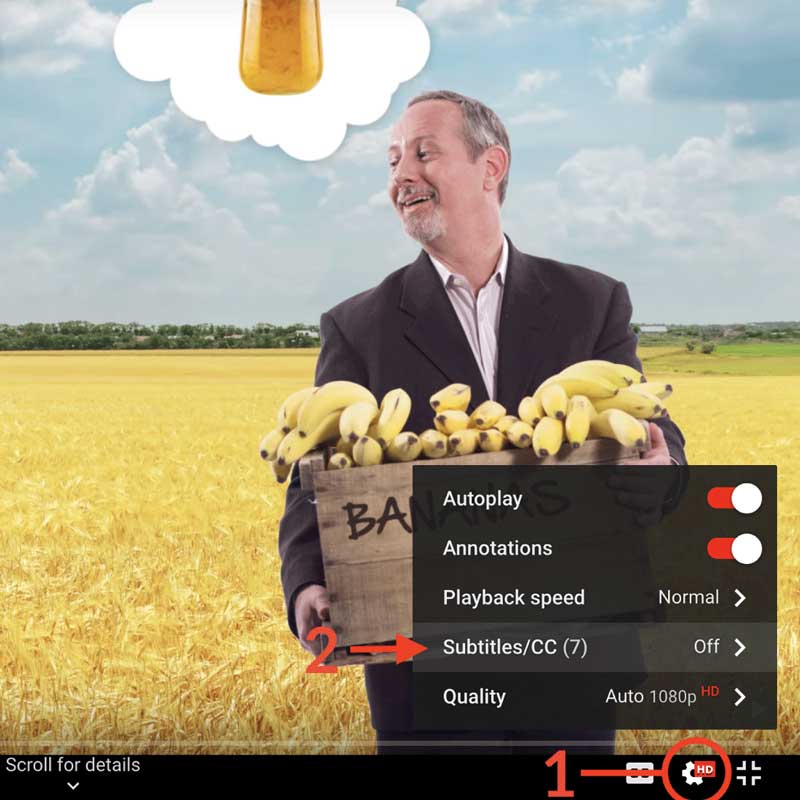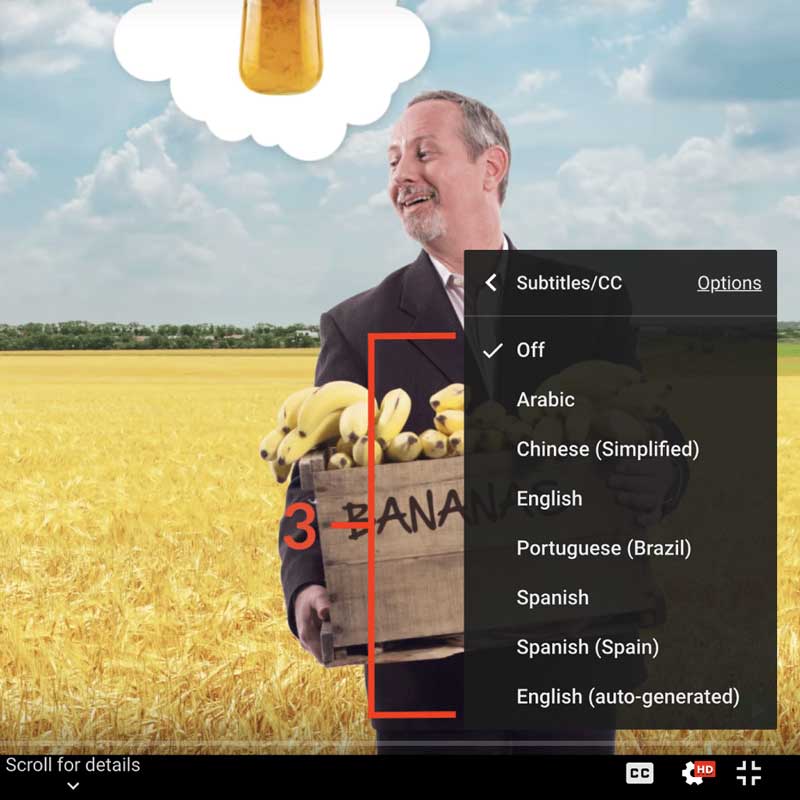Asymmetric Information
Course Outline
Asymmetric Information
Asymmetric Information: When one party has more or better information about the good or service being exchanged than the other party. This is from the video “Asymmetric Information in Health Insurance” in the Principles of Microeconomics course.
Teacher Resources
Transcript
Suppose that potential health insurance consumers come in a range of states of health. For instance, the least healthy people might cost about $30,000 a year. That's these folks here. The most healthy might cost nothing in healthcare. That's these folks over here. Now consumers know this information, but by assumption, insurers don't. From the insurer point of view, everyone is of the same average health.
Here again, we have asymmetric information. That is consumers of healthcare have more information about their health status than insurers do. In this scenario, insurers have to price the coverage based on the average cost among all consumers, namely, $15,000. But if the insurance costs $15,000, then a portion of the market, the relatively healthy people, they will choose not to buy insurance as the cost of that insurance is greater to them than the expected benefit. So only part of this market will buy insurance. The average cost of those who actually will buy is then not $15,000 but $22,500.
In that case, the insurance company, if it tries to price at $15,000, loses money. If the insurance company instead raises the price to $22,500, well, the same dynamic is actually going to kick in again. That is relatively healthy people won't find it worth paying that price. The sicker people still will buy, and that will raise the expected costs to the insurer, and thus the price even further. This dynamic continues until the individual insurance firm finds there is no price at which it can attract a set of customers with healthcare costs lower than the price of insurance. This is the same death spiral we saw before with used cars and it leads to a market failure.
As we saw in the used car market, there are several reasons why reality may differ from the simple model. First, the model we laid out would predict that the healthy people, those who exercise, eat their veggies, and buckle their seatbelts would not buy insurance, while the model is predicting that the smokers, the mountain climbers, and the motorcycle riders would buy insurance. Is this true? Mostly no. The people who buy health insurance actually turn out to be the healthier people as well.
Why is that? Well, those who try to avoid risk by eating well also try to avoid risk by buying health insurance. Our initial assumption that everyone calculates costs and benefits in exactly the same way is too simple. Once you account for the fact that people have differential tolerances for risk, you can end up having the healthier people be those who choose to buy the health insurance. This is called “propitious selection” where the people who buy the health insurance are healthier, not sicker than average. This can keep costs low, and prevent the death spiral.
Another possible response to the adverse selection problem in health insurance might seem familiar. If you recall, we saw that services such as CARFAX and Certified Inspections can alleviate the asymmetric information problem when buying a used car. These services allow the buyer of the car to have similar information to that possessed by the seller of the car. The result of this information is that better cars can sell for more, and lemons can sell for less. Is there an analogous approach for people in health insurance? Well, yes. The health of people can be inspected just as cars are inspected.
So while consumers initially may have more information about their health than what the insurance companies have, a checkup will allow the insurance firms to get a better idea of the consumer's expected healthcare costs. And that allows the insurance companies to charge healthy consumers less and sicker consumers more. In the used car market, that seemed like a pretty good solution. After all, better cars should sell for more, and lemons should sell for less. In the health insurance market, that solution might work, but some people feel it is doubly unfair. Not only are the sick sick, but now they also have to pay more for their health insurance.
Another problem with inspection is that it might reveal too much information, thereby rendering health insurance no longer viable. For instance, let's say there's a very good diagnostic test, and it determines that a patient A has cancer and then B we know that cancer will cost $1 million to treat. Well, to insure against that cancer, the price of the policy has to be about $1 million, but that's no longer insurance. That's just presenting the patient with the bill. Insurance is protecting against unexpected states of affairs, and it's a kind of risk pooling, a kind of protecting yourself against the high bill. But if you're getting the high bill no matter what when you're sick, well, then we've lost those benefits of insurance.
Another solution to the adverse selection problem when used extensively in the United States is group health insurance through employers. Most people in America don't purchase insurance directly. Instead, their employer purchases it for them as part of a group plan. The benefit of the system is that the insurance company doesn't have to worry about adverse selection so much The employer doesn't know much more about its employees' health than does the insurance firm. Furthermore, the employer is going to be buying health insurance for the employees regardless of their health. So for these reasons, the adverse selection problem is much weaker with group health insurance.
Group health insurance, however, does cause other problems. If you lose your job, you can lose your health insurance. And what we do about retirees? In the United States, various laws have made health insurance more affordable, and furthermore retirees are insured by the government under Medicare. So, there are some solutions, albeit imperfect ones as usual.
The most recent approach to the adverse selection problem was implemented in the Affordable Care Act, otherwise known as Obamacare. Under the Affordable Care Act, everyone is supposed to buy health insurance. If you don't, you will be fined by law. The idea here is to force all the healthy people into the pool of those who buy insurance that will moderate the cost of health insurance, and we will avoid the death spiral.
As you can see, although the adverse selection model is pretty simple, it has lots of applications to some pretty complex real-world problems. Next up we'll tackle moral hazard. See you then.
Subtitles
Thanks to our awesome community of subtitle contributors, individual videos in this course might have additional languages. More info below on how to see which languages are available (and how to contribute more!).
How to turn on captions and select a language:
- Click the settings icon (⚙) at the bottom of the video screen.
- Click Subtitles/CC.
- Select a language.


Contribute Translations!
Join the team and help us provide world-class economics education to everyone, everywhere for free! You can also reach out to us at [email protected] for more info.
Submit subtitles
Accessibility
We aim to make our content accessible to users around the world with varying needs and circumstances.
Currently we provide:
- A website built to the W3C Web Accessibility standards
- Subtitles and transcripts for our most popular content
- Video files for download
Are we missing something? Please let us know at [email protected]
Creative Commons

This work is licensed under a Creative Commons Attribution-NoDerivatives 4.0 International License.
The third party material as seen in this video is subject to third party copyright and is used here pursuant
to the fair use doctrine as stipulated in Section 107 of the Copyright Act. We grant no rights and make no
warranties with regard to the third party material depicted in the video and your use of this video may
require additional clearances and licenses. We advise consulting with clearance counsel before relying
on the fair use doctrine.

